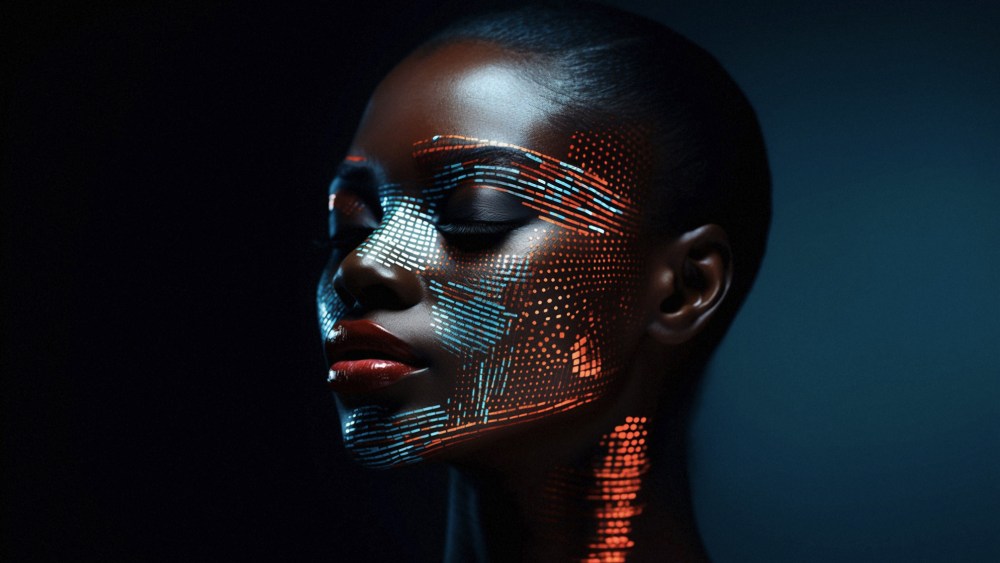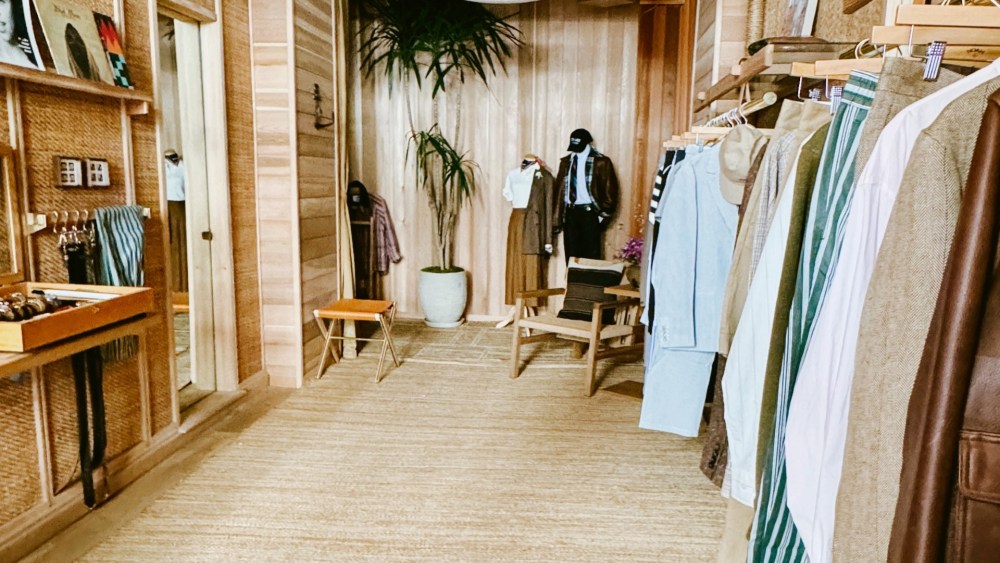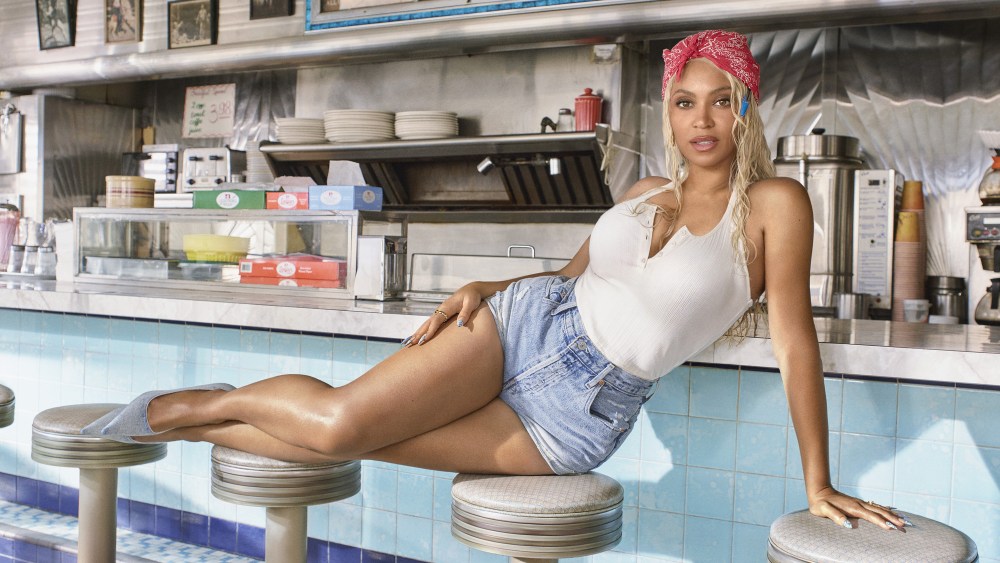L’Oréal is to unveil its most recent beauty tech innovations at the Viva Technology show opening on Wednesday in Paris, perpetuating its commitment to beauty that is personalized, inclusive and responsible, the company said.
Key implementations are to include a realistic human skin-like technology platform for scientific research and product testing and a Gen AI beauty content lab called Creaitech meant to augment creativity. These will add to the likes of a Gen AI-powered personal beauty assistant; a portfolio of cutting-edge skin and hair diagnostics and a hair dryer based on infrared light technology, among others.
“Having pioneered beauty tech for years, we are firm believers that technology can push the boundaries of what’s possible for beauty to improve the lives of people around the world,” said Barbara Lavernos, L’Oréal deputy chief executive officer in charge of research, innovation and technology.
Related Articles
“This week at VivaTech, alongside other breakthrough innovations, we are unveiling Skin Technology by L’Oréal: a new bioprinted skin that more closely mimics real human skin and opens up exciting possibilities for researchers across the cosmetic and health sectors,” said Lavernos.

A convergence of biology, mechanics and electronics, Skin Technology by L’Oréal mimics the vast diversity of human skin, including conditions such as eczema and acne, as well as the ability to tan and heal from injury. The beauty powerhouse is working with start-ups and institutes worldwide on further developing the technology to enable skin that can actually feel with the goal to raise the standards of product testing and avoiding animal cruelty, which is another of the group’s commitments since 1989.
The Creaitech in-house advanced lab is set to transform the company’s content production and is being used as a safe space for gen AI experimentation. It allows L’Oréal to scale the creation of brand-compliant and localized content across its 37 beauty brands as well as upskill L’Oréal marketers on the latest creative technologies.
To this end, the company is also partnering with Meta on the New Codes of Beauty Creator Program to empower the next generation of 3D, AR and AI creators and explore new creative frontiers in beauty. In particular, collaborations with a squad of 30 creators have been forged for the group’s brands L’Oréal Paris and Lancôme, as well as La Roche-Posay, which with Kérastase, is among the first utilizing this tailored service in its content creation process.

“With human creativity, technology is at its most awe-inspiring, giving people a powerful tool for self-expression and brand expression. Our Creaitech Gen AI Beauty Content Lab is a testament to what a human hand and a gen AI tool can achieve together in creativity,” said Asmita Dubey, L’Oréal chief digital and marketing officer.
“With our new brand custom models, we can train gen AI to recognize the unique visual codes of our brands and launch innovative beauty campaigns faster. Importantly, we can do so without compromising our principles of responsible AI, which include not using AI generated lifelike images of the face, body, hair and skin to support or enhance product benefits in our external communication.”
Lavernos and Dubey will co-headline L’Oréal’s keynote “Shaping the Future of Beauty With Beauty Tech” at the VivaTech show on Wednesday, while beauty tech experts from the company will present the innovations to guests throughout the four-day event.
These will include also L’Oréal Paris’ Beauty Genius, a gen AI-powered, all-in-one personal beauty assistant offering users personalized diagnostics and recommendations 24/7 and enabling consumers to learn anything about beauty in a simple way.
![The L’Oréal Professionnel My Hair [iD] Hair Reader tool.](https://wwd.com/wp-content/uploads/2024/05/LOREAL-My-Hair-iD-Hair-Reader-Credit-Ben-Hoffman.jpg.jpg?w=300)
In the same spirit, L’Oréal Professionnel’s My Hair [iD] Hair Reader represents the group’s first hair color analyzer powered with AI. It uses ultra-precise optics to study hair health and measure hair color, including gray percentage, hair fiber diameter and density to offer consumers the right and personalized coloration. In the hair department, the AirLight Pro hair drying tool is also billed as revolutionary for its combination of infrared light with high-speed wind, which the company claims provides better hair quality.
Kiehl’s Derma-Reader adds to the analysis tools, evaluating customers’ skin using clinical imaging technology, measuring over 11 skin attributes both on and below the skin surface and recommending appropriate ingredients, lifestyle tips and daily skin care routines, while the Lancôme Renergie Nano-Resurfacer 400 Booster is an at-home beauty device powered by patented nanochip technology and developed to boost cosmetic penetration, amplifying product performance.

As for its sustainable vocation, L’Oréal will also spotlight its partnership with three players aimed at assessing the CO2 emissions generated by its digital activities and identifying levers to reduce their environmental impact. These include Impact+, a French Sustaintech start-up measuring the group’s digital media carbon footprint; fellow French start-up Fruggr, measuring the website’s carbon footprint, and Adgreen, measuring the baseline carbon footprint of the company’s content production shoots so that preventive action can be taken to reduce impact.




